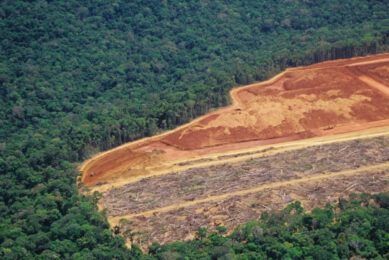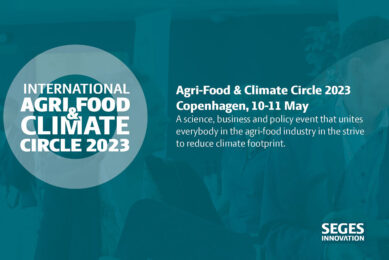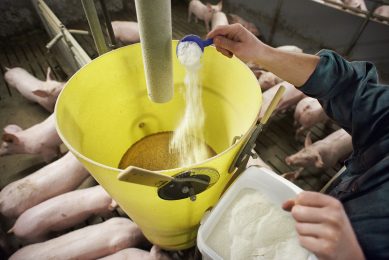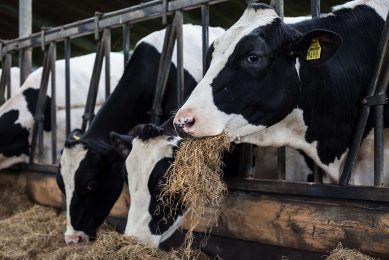EFSA: Guidance for use of pesticides on protected crops
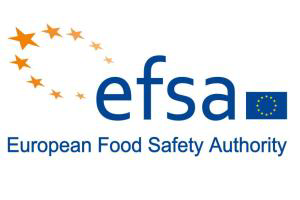
The European Food Safety Authority (EFSA) has issued a new guidance which provides a framework for carrying out environmental risk assessment of pesticides emitted from protected crops – those grown in greenhouses and under cover.
The guidance was prepared on the request of the Commission. The request was for a Guidance of EFSA on clustering and ranking of emissions of Plant Protection Products (PPPs) and transformation products of these active substances from protected crops (greenhouses and crops grown under cover) to relevant environmental compartments.
This guidance also addresses elements that should be considered in deriving exposure scenarios to be used in risk assessment, for both soil-bound and soil-less production systems in greenhouses following the Panel’s recommendations (EFSA, 2012a).
Receptor soil
For all structures that can be considered non-permanent, risk assessment for the soil compartment should be performed using the approaches for open field. For permanent structures a risk assessment is only necessary for persistent substances (DT90 >1 year, according to the Uniform principles (Regulation (EU no 546/2011)).
Receptor groundwater
Leaching to groundwater from protected crop systems may occur, depending on environmental conditions, the construction technology of the system and the substance properties. For all protection structures mentioned in Table 1, except walk-in tunnels and greenhouses, it is proposed to use current open-field approaches for exposure of groundwater. For walk-in tunnels and greenhouses, example scenarios are given.
Receptor air
For all protection structures mentioned in Table 1 it is proposed to use the current approaches addressing long-range transport according to FOCUS Air (SANCO/10553/2006 Rev 2 June 2008).
Receptor surface water
For all structures mentioned in Table 1, except walk-in tunnels, closed buildings and greenhouses, the same approach as for open field should be used as the situation is similar to the open field. For walk-in tunnels it is proposed that the FOCUS surface water drainage scenarios are used. For greenhouses drainage, example scenarios are presented in this guidance. These example drainage scenarios also account for re-use of condensation water.
The full listing of the example scenarios can be found on the EFSA website after the finalisation of the guidance.
It is recommended that representative exposure scenarios be developed for greenhouses and walk-in tunnels with regard to groundwater and surface water and that the example scenarios be replaced by these.
For more information see Guidance of EFSA




